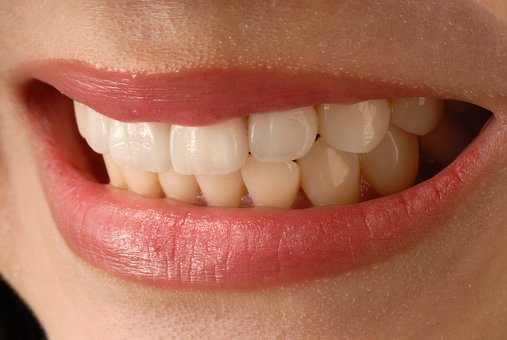If you’re looking for a quick, affordable way to improve your smile, dental bonding might be the perfect solution. This simple cosmetic procedure can repair chipped, discolored, or misshapen teeth in just one visit, giving you a more confident smile without breaking the bank. So, what exactly is dental bonding, and how does it work?
Dental bonding involves the application of a tooth-colored resin to the surface of your teeth. This resin is carefully shaped and polished to blend seamlessly with your natural teeth. Unlike veneers or crowns, bonding doesn’t require any significant alteration of the tooth’s structure, making it a conservative and minimally invasive option.
The process begins with your dentist selecting a resin shade that closely matches your natural teeth. The surface of the tooth is then gently roughened, and a conditioning liquid is applied to help the bonding material adhere. Once the resin is placed, your dentist will mold it to the desired shape and use a special light to harden it. After that, final adjustments are made to refine the shape and polish the tooth for a smooth, natural finish.
Dental bonding is ideal for repairing minor cosmetic imperfections. Whether you have a small chip, a gap between teeth, or uneven edges, bonding can offer a fast and effective fix. It’s also commonly used to cover stains that don’t respond well to whitening treatments or to make teeth appear longer for a more balanced smile.
One of the biggest advantages of dental bonding is its convenience. In most cases, the procedure takes less than an hour per tooth and requires no anesthesia—unless it’s being used to fill a cavity. It’s also more affordable than other cosmetic procedures like veneers or crowns, making it accessible for patients seeking a budget-friendly enhancement.
However, bonding isn’t as durable as other restorative options. The resin material can chip or stain over time, especially if you bite your nails, chew on pens, or consume a lot of coffee or red wine. With proper care, dental bonding can last anywhere from 3 to 10 years before needing touch-ups or replacement.
To maintain your bonded teeth, it’s important to practice good oral hygiene, avoid hard foods, and schedule regular dental check-ups. If you notice any rough edges or discoloration, contact your dentist for a quick repair.
Dental bonding is a simple yet powerful way to transform your smile. Whether you’re looking to correct a small flaw or enhance your overall appearance, this quick cosmetic fix can make a big difference.




